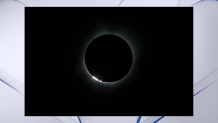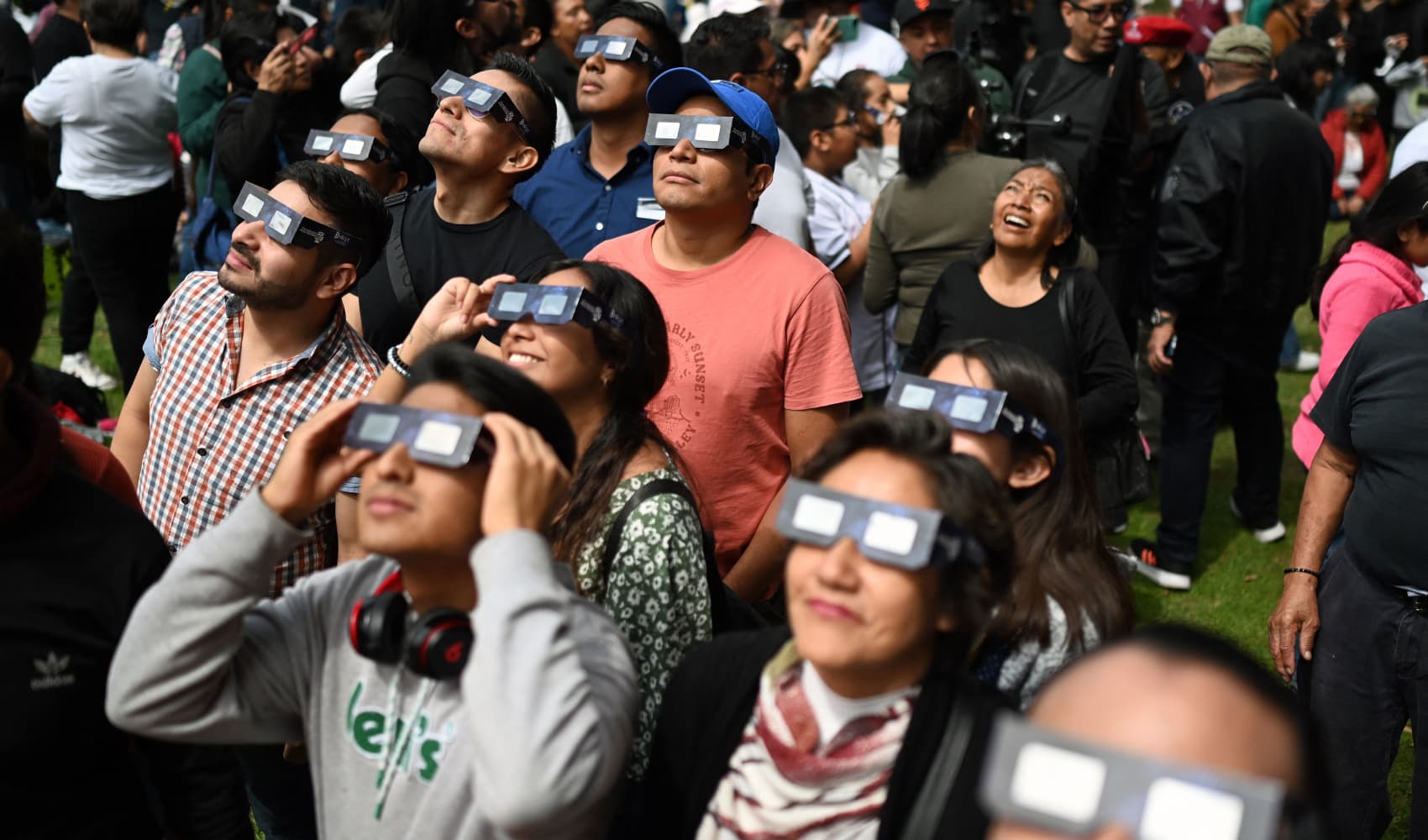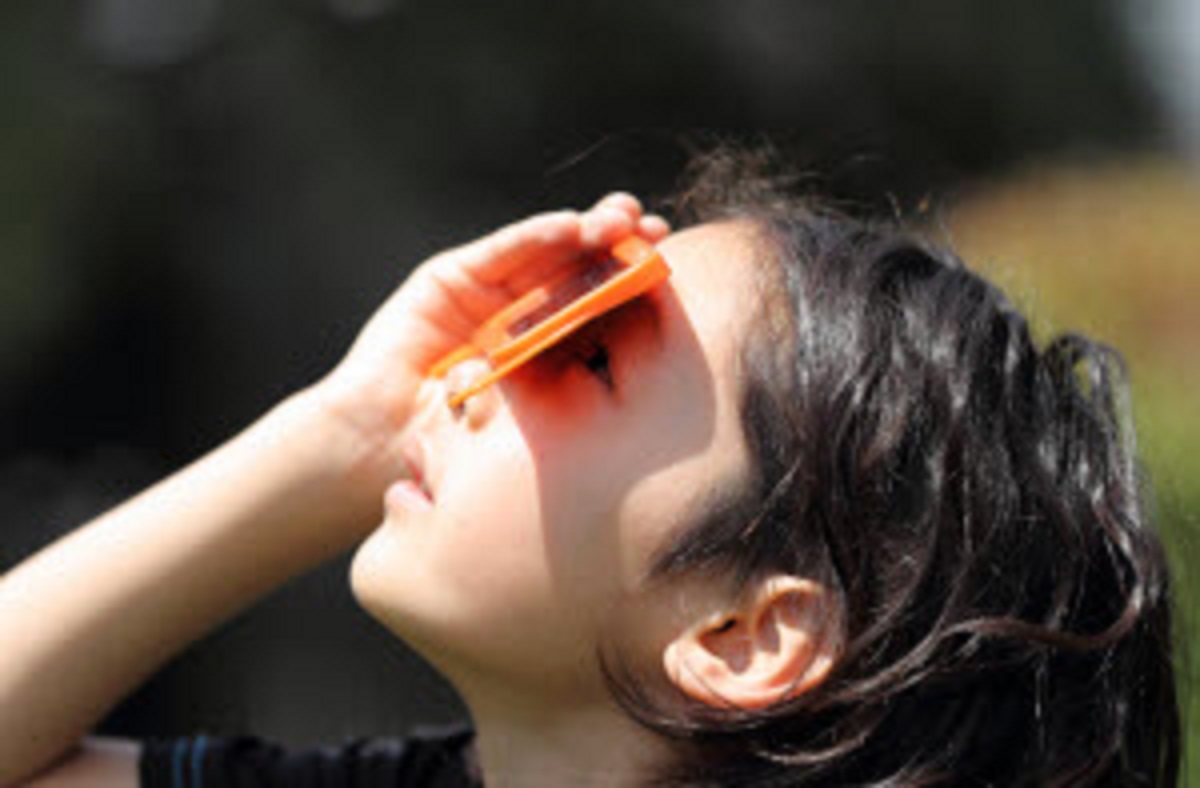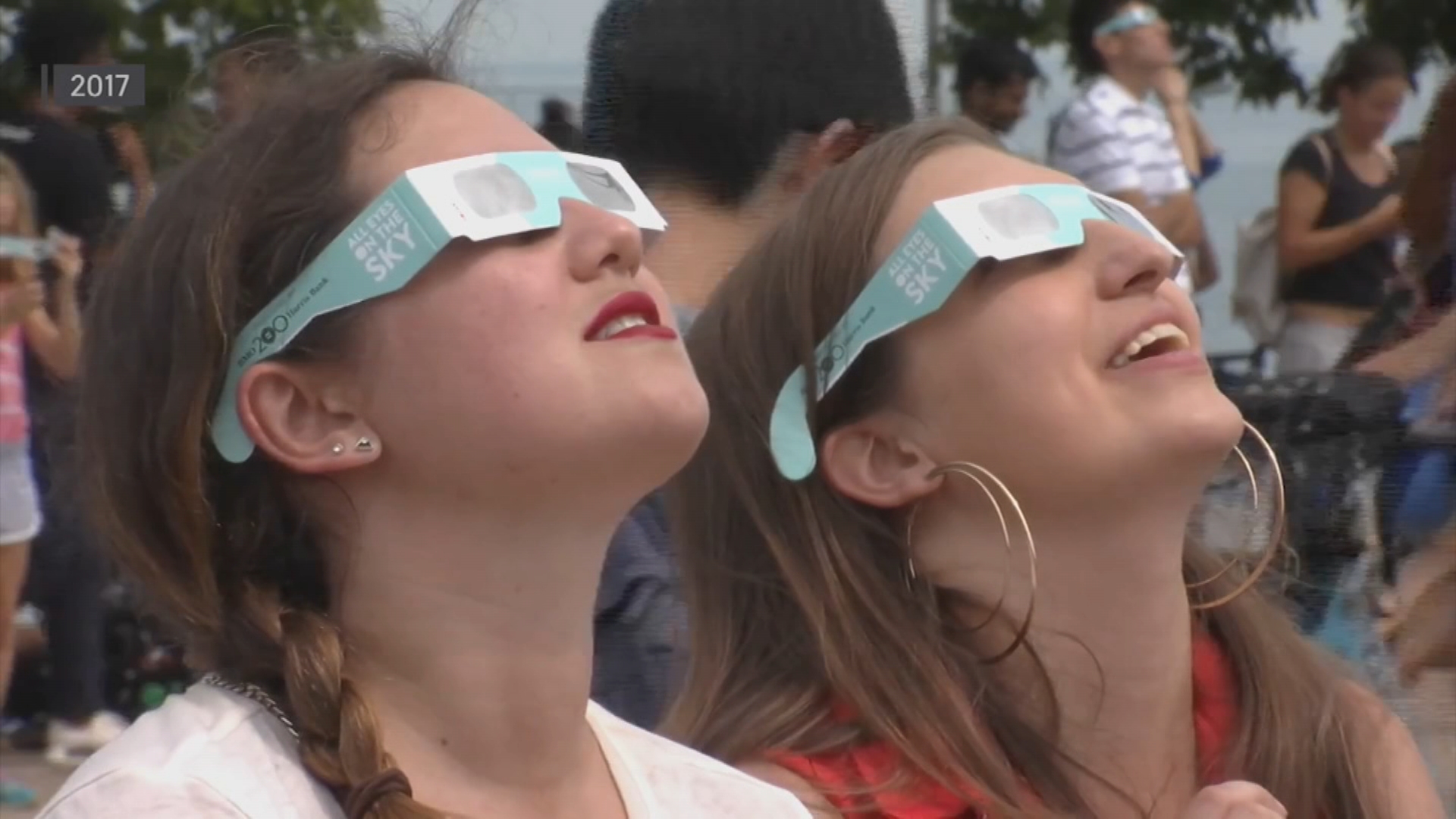Editor's Note: Live coverage of the eclipse from the path of totality begins in the player above starting at 7 a.m. Tune in for live totality starting at 1:55 p.m.
Many will be looking up at the sky with special solar eclipse glasses Monday to witness the incredible spectacle live, but for some, there will be a brief moment where those glasses can come off.
That moment will come only for those in the eclipse's coveted path of totality, which includes parts of southern Illinois and Indiana.
There, the moon will line up perfectly between the Earth and the sun, which will result in total darkness. The peak spectacle will last up to 4 minutes and 28 seconds in the path of complete darkness, which is twice as long as the eclipse that darkened skies in 2017.
But how can you know when it's safe to remove your glasses?
Just before totality begins, those along the path might be able to see beads of sunlight shining through valleys and mountains on the edge of the moon. The effect has come to be known as Baily's Beads, in reference to the English astronomer who made the discovery.

If you aren't expecting them, the beads might be gone before you know it. They are typically only visible for a few seconds, according to astronomers.
The beads will disappear until a single bright spot remains along the edge of the moon’s shadow. As the last bits of sunlight pass through the valleys on the moon's limb, the faint corona around the sun is just becoming visible, according to NASA.
That's when another fascinating display of light will emerge, resembling a ring with glittering diamonds on it.
Feeling out of the loop? We'll catch you up on the Chicago news you need to know. Sign up for the weekly Chicago Catch-Up newsletter.
If all goes as planned, those along the path of totality will likely see one ring. However, they could get a surprise.
A double diamond ring occurs when two brilliant bits of the sun are simultaneously extinguished at the beginning of a total eclipse or when two brilliant bits appear as the sun returns at the end of totality, according to the Great American Eclipse website.

Once the diamond ring initially disappears and there is no longer any direct sunlight, you may remove your eclipse glasses and look at the total eclipse safely with the naked eye.
But make sure to put your glasses back on before totality ends.
As the moon continues to move across the face of the sun, you will begin to see brightening on the opposite side from where the diamond ring emerged, according to NASA's website.
You will see the diamond ring and Baily’s Beads again before the entire sun is visible.
These phenomena might not be visible to Chicago and other parts of the U.S. that aren't in the path of totality, but we won't be left out completely.
Throughout most of the U.S., communities will be treated to a partial solar eclipse, with the moon appearing to take a bite out of the sun and obscuring part of its light.
It's important to note that those experiencing only a partial eclipse should continue to wear their glasses for the entire eclipse.




